
3-5 Workdays Article No. 11032
Aroma(s) : Chocolaty, Floral
Article No. 11032

3-5 Workdays Article No. 11031
Aroma(s) : Chocolaty, Fruity
Article No. 11031

3-5 Workdays Article No. 11022
Aroma(s) : Chocolaty, Floral, Fruity
Article No. 11022
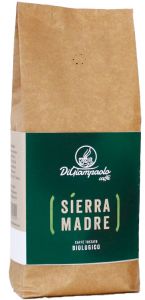
3-5 Workdays Article No. 11020
Aroma(s) : Floral, Fruity
Article No. 11020

3-5 Workdays Article No. 1190
Aroma(s) : Nutty, Floral, Fruity
Article No. 1190

3-5 Workdays Article No. 11010
Aroma(s) : Chocolaty
Article No. 11010

3-5 Workdays Article No. 1916
Aroma(s) : Chocolaty, Nutty
Article No. 1916

3-5 Workdays Article No. 1918
Aroma(s) : Floral, Fruity
Article No. 1918

3-5 Workdays Article No. 1917
Aroma(s) : Chocolaty, Floral
Article No. 1917

3-5 Workdays Article No. 10266
Aroma(s) : Nutty, Malty
Article No. 10266

3-5 Workdays Article No. 10265
Aroma(s) : Chocolaty, Nutty, Fruity
Article No. 10265

3-5 Workdays Article No. 10490
Aroma(s) : Chocolaty, Nutty, Malty
Article No. 10490

3-5 Workdays Article No. 10247
Aroma(s) : Chocolaty, Fruity
Article No. 10247
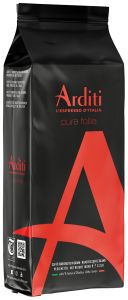
3-5 Workdays Article No. 10251
Aroma(s) : Chocolaty, Nutty, Fruity
Article No. 10251
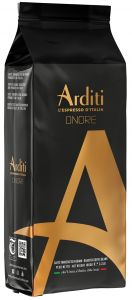
3-5 Workdays Article No. 10255
Aroma(s) : Chocolaty, Nutty, Fruity
Article No. 10255
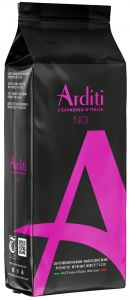
3-5 Workdays Article No. 10253
Aroma(s) : Chocolaty, Nutty, Fruity
Article No. 10253

3-5 Workdays Article No. 10543
Aroma(s) : Nutty, Floral, Fruity
Article No. 10543

3-5 Workdays Article No. 10542
Aroma(s) : Nutty, Floral, Fruity
Article No. 10542

3-5 Workdays Article No. 10248
Aroma(s) : Chocolaty
Article No. 10248
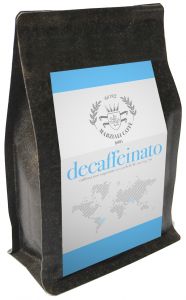
3-5 Workdays Article No. 1265
Aroma(s) : Chocolaty, Nutty
Article No. 1265

3-5 Workdays Article No. 1240
Aroma(s) : Chocolaty, Nutty
Article No. 1240
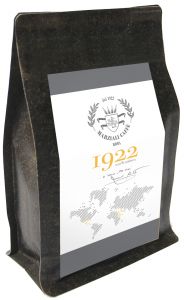
3-5 Workdays Article No. 1244
Aroma(s) : Chocolaty, Nutty, Fruity
Article No. 1244
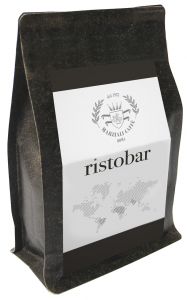
3-5 Workdays Article No. 1247
Aroma(s) : Nutty, Malty
Article No. 1247
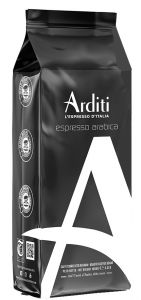
3-5 Workdays Article No. 1167
Aroma(s) : Chocolaty, Floral, Fruity
Article No. 1167

3-5 Workdays Article No. 1168
Aroma(s) : Chocolaty, Floral, Fruity
Article No. 1168

3-5 Workdays Article No. 10744
Aroma(s) : Chocolaty
Article No. 10744
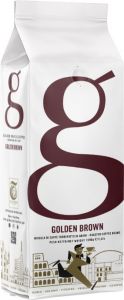
3-5 Workdays Article No. 10743
Aroma(s) : Nutty
Article No. 10743

3-5 Workdays Article No. 10742
Aroma(s) : Chocolaty, Fruity
Article No. 10742
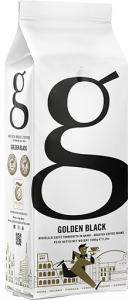
3-5 Workdays Article No. 10740
Aroma(s) : Chocolaty, Almond, Floral, Fruity
Article No. 10740
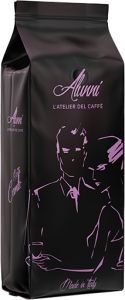
3-5 Workdays Article No. 10737
Aroma(s) : Nutty, Fruity
Article No. 10737
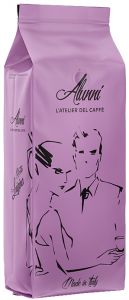
3-5 Workdays Article No. 10738
Aroma(s) : Nutty, Fruity
Article No. 10738
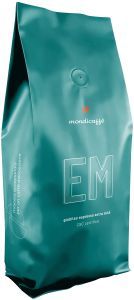
3-5 Workdays Article No. 10752
Aroma(s) : Chocolaty, Nutty
Article No. 10752
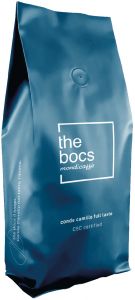
3-5 Workdays Article No. 10750
Aroma(s) : Chocolaty, Nutty, Fruity
Article No. 10750

7-9
Workdays
Extended delivery time
Please note that if you purchase this item, you should expect a longer delivery time for your entire order. We cannot ship other items in your order, that are in stock, ahead of time.
Article No. 1053
Aroma(s) : Chocolaty, Nutty
Article No. 1053

3-5 Workdays Article No. 10595
Aroma(s) : Chocolaty, Floral
Article No. 10595

3-5 Workdays Article No. 10639
Aroma(s) : Chocolaty, Floral
Article No. 10639
Italian coffee: A pleasure like in Bella Italia
Introduction
Coffee is a popular beverage worldwide and is prepared in a variety of ways. One of the most famous ways of preparing it is Italian coffee, also known as espresso. Italians are known for their love of coffee and the high quality of their coffee beans. In this article, we will take an in-depth look at Italian coffee, its history, its importance and how to make the perfect Italian coffee at home.
The history of Italian coffee
Coffee has a long history, dating back to the 15th century. The first coffee houses were opened in Italy and quickly became popular meeting places for people. Italian coffee was first invented in the 1880s when Luigi Bezzera invented a coffee machine that allowed coffee to be extracted in less time and at higher pressure. This led to the invention of espresso and the machine quickly became a symbol of Italian coffee.
The importance of Italian coffee in Italy
In Italy, coffee is an important part of the culture. There are numerous cafes and coffee houses in every city, which are an important meeting place for people. Italian coffee is usually drunk after meals and is part of the daily rhythm of Italian life. Making and enjoying coffee is a ritual in Italy and is often shared with friends and family.
The different types of Italian coffee
There are several types of Italian coffee, prepared differently depending on the region and personal taste. Here are the most popular ones:
1. Espresso |
| Espresso is the most famous Italian coffee. It is made from finely ground coffee beans and hot water and has a strong, concentrated flavor. |
2: Caffè Americano |
| Caffè Americano is an espresso that is extended with hot water. This makes it milder and has a greater amount of caffeine than espresso. |
3. Cappuccino |
| Cappuccino is a combination of espresso and milk. It is usually drunk at breakfast or in the morning and has a frothy layer of milk. |
4. Latte macchiato |
| Latte Macchiato is a mixture of hot milk and espresso. It is usually served in a tall glass and has a layered look. |
Tips for making the perfect Italian coffee at home.
Making Italian coffee is an art and requires some practice to achieve the perfect taste. Here are some tips that can help you make the perfect Italian coffee at home:
1. Use fresh coffee beans
Use fresh coffee beans and grind them just before brewing. Also, use only high quality coffee beans to get the best taste.
2. Use the right amount of coffee
Use about 7 grams of coffee beans for one cup of Italian coffee. Also use the right amount of water and make sure it is hot enough.
3. Choose the right coffee machine
Choosing the right coffee maker is important to make the perfect Italian coffee. An espresso machine is ideal, but there are other coffee makers that can produce good results.
4. Pay attention to the right extraction time
The right extraction time is important to achieve the perfect Italian coffee. The extraction time should be between 25 and 30 seconds to achieve the best taste.
5. Pay attention to the crema
The crema is the foam layer on the espresso and an important component of Italian coffee. Make sure the crema is thick and creamy for the best taste.
Frequently asked questions
1. Is Italian coffee stronger than regular coffee?
Yes, Italian coffee, especially espresso, is stronger than regular coffee due to its high concentration.
3. Can I add milk to my Italian coffee?
Yes, milk can be added to Italian coffee such as cappuccino or latte macchiato.
4. Where do the best coffee beans for Italian coffee come from?
The best coffee beans for Italian coffee come from South America and Africa.
Conclusion
Italian coffee is a treat just like in Bella Italia. Italians are known for their love of coffee and the high quality of their coffee beans. Making Italian coffee is an art and requires some practice to achieve the perfect taste. However, with the right tips and tricks, you can make the perfect Italian coffee at home and enjoy the taste of Italy.
Further reading
If you want to learn more about Italian coffee, we recommend the following sources:
"Espresso! The best recipes and techniques" by Suzanne Schilling
"Coffee in Italy: A brief cultural history" by Andreas Scholl
"Italian coffee culture: espresso, cappuccino and co." by Jonas Cramby.
We hope you enjoyed this article about Italian coffee and that you will be able to enjoy the perfect Italian coffee at home. Buon caffè!

